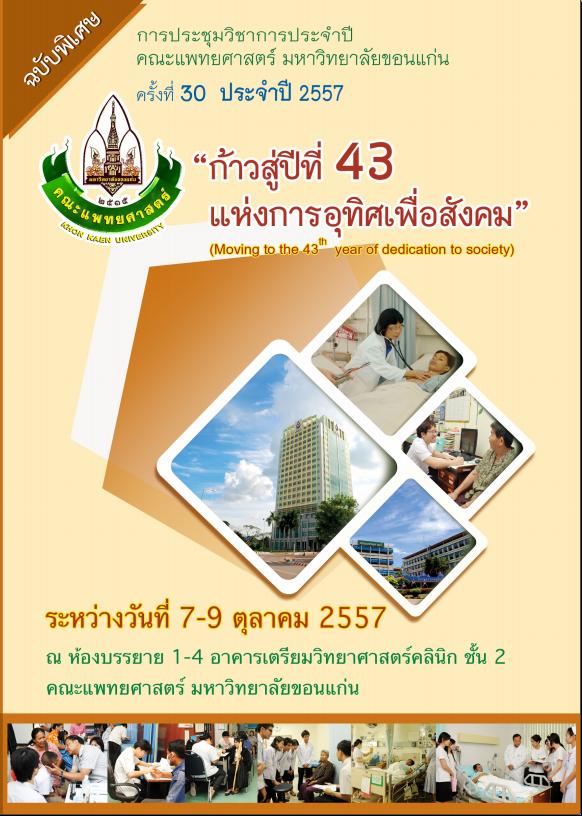Completeness of Occupational History Taking Of Patients with Potential Work-Related Disorders on Social Security: Case Study at a Hospital in Northeast, Thailand
คำสำคัญ:
medical record, history taking, occupational historyบทคัดย่อ
Background and objective: Detailed history taking of patient occupation (s) is rarely obtained by doctors in many parts of the world. Lack of information regarding the magnitude of this problem persists, especially in Thailand. The aim of this study was to investigate the completeness of occupational details recorded in the medical records of patients with potentially work-related or work-location-acquired occupational diseases.
Methods: This was a Design descriptive study taken at a hospital in northeast, Thailand. The study population included patients belonging to the Social Security Scheme, and potentially having work-related and/or occupational diseases. The medical records of 1,366 patients were obtained from which a sample of 230 was taken. Tools of data collection form were designed to record (1) personal bio data and (2) detailed occupational history taken from the medical records. The majority of medical records were from the Departments of Orthopedics and Accident and Emergency.The proportion of completeness of occupational detail (including occupation, work characteristics and occupational health hazards (OHH)) was the statistic used to describe the results.
Results: Thirty percent of medical records had included the complete details of occupational history. Of the 230 medical records, only 45.7% of doctors considered noting patient occupation and only 24.3% of records had the same occupation when comparing existing occupation and what was recorded in the doctors history-taking. In addition, 91.3% of records presented the characteristics of work followed by OHHs (89.6%) and the name of occupation (45.7%). Back pain was the most commonly reported complaint.
Conclusion: One-third of medical records in this study contained evidence of complete occupational history-taking. More such complete history-taking be encourage both individuals and the overall hospital system.




